Unlocking the Future of Skin Care Access
As technology advances, virtual dermatology appointments are transforming how patients access skin, hair, and nail care. Offering a seamless, convenient alternative to traditional visits, these platforms enable patients to consult licensed dermatologists from the comfort of their homes, anytime—day or night. This article explores how virtual dermatology works, its benefits, the conditions it can treat, and what patients need to know to make the most of these innovative services.
Understanding Virtual Dermatology: How It Works

What is a virtual dermatology appointment, and how does it work?
A virtual dermatology appointment is a remote consultation with a dermatologist that uses digital communication tools like video calls, secure messaging, or online platforms. Patients can choose between live video sessions, where they speak directly with a dermatologist in real time, or the store-and-forward method, where they upload photos and details about their skin concern for review later. Sometimes, these methods are combined in a hybrid approach.
During the process, patients typically upload high-quality images of their skin, hair, or nails, and provide relevant medical history. The dermatologist reviews this information, evaluates the images, and proceeds with diagnosis and treatment recommendations. This setup removes the need for physical visits, making dermatology care more accessible and quicker.
This approach is especially useful for conditions like acne, dermatitis, eczema, fungal infections, and suspicious moles. It's designed to be convenient, saving time and providing prompt care. As long as the communication system is secure, clear, and the images are good quality, virtual dermatology ensures accurate assessments and ongoing support.
Different communication methods used in virtual dermatology
| Method | Description | Benefits | Limitations |
|---|---|---|---|
| Live Video | Real-time video consultation with a dermatologist | Immediate interaction, real-time feedback | Requires good internet connection |
| Store-and-Forward | Uploading photos and details for later review | Flexible timing, useful for detailed images | Review time can delay responses |
| Hybrid Approach | Combination of live video and store-and-forward methods | Flexible and comprehensive | Slightly more complex setup |
Steps involved in preparing for the consultation
- Check Insurance and Payment Options: Confirm whether your insurance covers virtual dermatology and understand costs.
- Gather Medical History: Prepare a list of your symptoms, previous treatments, allergies, and current medications.
- Take Clear Photos: Capture well-lit, focused images of your skin concern from different angles.
- Choose Your Platform: Log in to the platform—via app or web—to schedule or start the appointment.
- Upload Photos and Details: Follow instructions to upload images and provide health information.
- Ask Questions: Write down any specific questions or concerns to discuss during the consultation.
- Join the Session: Connect with the dermatologist at scheduled time or submit your information for a response.
This preparation ensures the dermatologist has sufficient information to make an accurate diagnosis and recommend effective treatment plans.
Advantages of Virtual Dermatology Over Traditional Visits

What are the benefits of choosing virtual dermatology services over traditional in-person visits?
Opting for virtual dermatology has become an increasingly popular choice for many patients seeking skin, hair, or nail care. One of the main advantages is convenience. Patients can access care from the comfort of their homes, eliminating the need to travel or wait in busy clinics.
Virtual services are available 24/7, including holidays, making it easier to get timely advice for urgent skin issues. Appointments can often be scheduled within hours, and many platforms offer quick diagnosis and treatment plans typically within 24 to 72 hours.
These services also support a wide range of conditions such as acne, eczema, fungal infections, suspicious moles, and hair loss, with most diagnoses and treatments handled entirely online. Patients can upload photos or use live video calls, and receive prescriptions electronically sent to their chosen pharmacy.
Cost savings are another benefit. Virtual visits tend to be more affordable than in-person consultations, reducing overall healthcare expenses and often being covered by insurance or Medicare. Additionally, avoiding in-person visits reduces the risk of exposure to contagious diseases, which has become especially important during health crises like COVID-19.
Healthcare providers using teledermatology are often board-certified and experienced, ensuring high standards of care. They can also follow up with patients for queries within 30 days at no extra cost, improving ongoing management.
In summary, virtual dermatology offers a practical, efficient, and safe alternative to traditional care, making dermatological services more accessible and responsive to patient needs.
Conditions and Treatments Suitable for Digital Care
 Many common skin conditions can be effectively managed through teledermatology services like MDLIVE, SkyMD, DermatologistOnCall, and others. These virtual platforms provide accessible, rapid dermatology care for a wide array of issues.
Many common skin conditions can be effectively managed through teledermatology services like MDLIVE, SkyMD, DermatologistOnCall, and others. These virtual platforms provide accessible, rapid dermatology care for a wide array of issues.
Conditions such as acne, eczema (also known as atopic dermatitis), psoriasis, and rosacea are frequently diagnosed and treated remotely. Patients often submit high-quality photos or participate in video calls to receive assessments. These services are particularly useful for ongoing treatment monitoring, follow-up visits, and managing chronic inflammatory skin conditions. Studies show that outcomes with teledermatology are often comparable to traditional in-person care.
In addition, telemedicine can help evaluate rashes, suspicious moles, and other skin irregularities. While many cases of skin cancer, including melanoma, can be preliminarily assessed remotely, suspicious or potentially malignant lesions generally require physical examination or biopsy in person for accurate diagnosis.
Other conditions such as cold sores, impetigo, hair loss, and fungal infections can also be addressed through virtual visits, which often include prescription renewal and medication management.
Remote dermatology has proven especially beneficial during the COVID-19 pandemic, reducing the need for face-to-face visits while maintaining consistent care for individuals with chronic or acute skin issues.
However, some procedures—like biopsies or surgeries—must be scheduled as in-person visits. Complex or sensitive cases may also require physical evaluation to ensure an accurate diagnosis and safe treatment plan.
| Condition Type | Clinical Approach | Delivery Method | Additional Notes |
|---|---|---|---|
| Chronic inflammatory skin diseases | Diagnosis & ongoing management | Photos, videos, live consultations | Similar outcomes as in-person visits, suitable for follow-up |
| Acute rashes & irritations | Initial assessment & treatment | Photos, video calls | Often fast diagnosis and prescription renewal |
| Suspicious or malignant moles | Preliminary screening & advice | Photos, in some cases video calls | May require in-person examination or biopsy |
| Fungal infections | Remote diagnosis & medication | Photos, chat | Treatment plans can be quickly implemented |
| Hair loss conditions | Evaluation & ongoing treatment | Photos & consultation | Useful for chronic cases, follow-up essential |
Overall, virtual dermatology provides a convenient and effective way to address many skin, hair, and nail concerns, though some conditions do necessitate traditional in-clinic assessments.
Virtual vs. In-Person Dermatology: A Comparative View

How does virtual dermatology compare with in-person dermatology visits?
Virtual dermatology, also known as teledermatology, has become a popular alternative to traditional in-person visits. It offers numerous advantages, including cost savings, greater accessibility, and convenience for patients and providers alike.
Patients can receive diagnosis and treatment plans via video calls or by submitting photos, making it easier to access care from home at any time—including nights, weekends, and holidays. This flexibility is especially beneficial for those living in remote areas or with mobility challenges.
However, there are some limitations. Studies indicate that the accuracy of virtual diagnoses is generally slightly lower than in-person assessments, with diagnostic agreement averaging between 73-80%. Factors influencing this include image quality, condition complexity, and the ability to perform physical examinations.
While teledermatology shows high acceptability for conditions like acne, eczema, and follow-up care, certain cases demand face-to-face evaluation for precise diagnosis and hands-on procedures. For example, comprehensive skin cancer screenings and local anesthesia procedures are difficult or impossible to fully perform remotely.
In summary, virtual dermatology is an effective supplement, particularly for routine and follow-up care, but it doesn’t entirely replace the need for traditional evaluations when detailed examination or procedures are necessary.
| Aspect | In-Person Dermatology | Virtual Dermatology | Details |
|---|---|---|---|
| Accessibility | Limited by location and scheduling | High, available 24/7 | Remote access improves reach, especially in rural areas |
| Cost | Higher due to clinic visits | Lower, with potential savings up to 60% | Less time and travel expenses |
| Diagnostic Accuracy | Generally higher | Slightly lower, around 73-80% agreement | Depends on tech and condition |
| Procedural Capability | Full range | Limited to consultation and photo review | Certain treatments require in-office visits |
| Patient Comfort | Dependent on travel and wait times | High comfort, from home | Convenience increases patient satisfaction |
This comparison highlights how virtual dermatology enhances access and reduces costs but still works best as a complement rather than a replacement for in-person care, especially for complex cases requiring direct examination.
Booking & Preparing for Virtual Appointments
How to book a virtual dermatology appointment
Booking a virtual dermatology appointment is straightforward and highly accessible. Patients can use secure online platforms or mobile apps from providers like SkyMD, Teladoc, or DermatologistOnCall. The process usually involves filling out an online form, sharing details about skin concerns, and uploading clear, well-lit photos of affected areas. Many services allow scheduling without the need for a phone call or in-person visit, making it convenient for patients across all 50 states.
Once the appointment is scheduled, most platforms provide confirmation and instructions on how to join either a video call or upload additional photos if needed. Many services also accept insurance and offer 24/7 availability, including holidays, ensuring timely access to dermatology care.
Preparation tips for patients
Effective preparation can make virtual dermatology visits more productive. Patients should gather high-quality images of their skin issues, capturing different angles and including a reference object for size comparison. Taking photos in good natural light and avoiding filters ensures accurate assessment.
It’s helpful to review medical history, list current medications, and prepare a set of questions about symptoms or concerns. Patients should also check their internet connection, ensure their device is compatible with the telehealth platform, and choose a quiet, private space for the appointment.
Before the consultation, confirming insurance coverage and understanding how to access the appointment platform can prevent delays. A little preparation can lead to a smoother experience and more accurate diagnosis.
What to expect during the consultation
During the virtual visit, patients can expect to have their concerns discussed with a board-certified dermatologist via live video or through uploaded photos, depending on the platform. The dermatologist will review the images, ask questions about symptoms, medical history, and any treatments already tried.
The process is designed to be quick, often lasting 15-30 minutes. After the consultation, the dermatologist may provide a diagnosis, recommend treatment plans, and prescribe medications if necessary. Prescriptions can often be sent electronically to the pharmacy of choice, reducing wait times.
Follow-up questions or concerns can usually be addressed within 30 days at no extra cost. Overall, virtual dermatology appointments offer a convenient, efficient way to receive professional skin care without leaving home.
Scope of Services and Accessibility
 Virtual dermatology platforms now offer a broad range of services that make skin, hair, and nail care more accessible than ever. These services include diagnosing and treating common conditions such as acne, eczema, dermatitis, psoriasis, fungal infections, suspicious moles, and hair loss. Many platforms support patients across all 50 U.S. states, providing quick, convenient consultations via video calls or photo submissions, often within 24 hours.
Virtual dermatology platforms now offer a broad range of services that make skin, hair, and nail care more accessible than ever. These services include diagnosing and treating common conditions such as acne, eczema, dermatitis, psoriasis, fungal infections, suspicious moles, and hair loss. Many platforms support patients across all 50 U.S. states, providing quick, convenient consultations via video calls or photo submissions, often within 24 hours.
The scope extends beyond simple diagnosis. Patients can receive personalized treatment plans, electronic prescriptions sent directly to their chosen pharmacy, and follow-up care if necessary. Most services are asynchronous, meaning patients can upload photos and provide medical history at their convenience, without scheduling traditional in-person appointments. This flexibility supports ongoing management of chronic conditions and assessment of treatment effectiveness.
Additionally, virtual platforms often include features such as the ability to choose or be assigned a dermatologist, submit questions within 30 days of an appointment at no extra cost, and access consultations through mobile apps or web portals. Some services also support urgent triaging, helping identify cases requiring immediate in-person care, especially during emergencies or for initial skin cancer evaluations.
This approach significantly reduces barriers related to time, geography, and mobility, ensuring that more patients can access timely dermatology expertise—even from remote or underserved areas. Whether for routine skin checks, management of chronic skin issues, or urgent concerns, virtual dermatology services aim to provide comprehensive, safe, and efficient care tailored to patient needs.
| Service Aspect | Details | Additional Notes |
|---|---|---|
| Conditions Covered | Acne, eczema, psoriasis, fungal infections, suspicious moles, hair loss | Wide variety of dermatological issues addressed remotely |
| Service Methods | Video calls, photo uploads, store-and-forward | Provides flexibility for patient convenience |
| Availability | 24/7/365, including holidays | Ensures access at any time |
| Prescription Services | Electronic prescriptions sent to pharmacies | Supports ongoing medication management |
| Follow-up | 30-day review window | For ongoing care and questions |
| Patient Engagement | Choose physician or assign | Personalization of care experience |
| Accessibility | Web and mobile app | Supports remote, at-home care |
| Special Support | Care in nursing homes, rural areas | Extends access to underserved populations |
This comprehensive approach demonstrates how virtual dermatology expands traditional care boundaries, offering effective, fast, and convenient management of numerous skin and related conditions for patients across the country.
Embracing a New Era in Skin Healthcare
As virtual dermatology continues to evolve, it offers a highly accessible, efficient, and safe approach to managing a wide range of skin conditions. For many patients, these services provide a cost-effective alternative to traditional visits while maintaining high standards of care. Whether dealing with chronic skin issues, seeking prompt diagnosis, or exploring treatment options, virtual dermatology appointments are proving to be an essential part of modern health care delivery. Embracing this technology means better, faster access to specialists, empowering patients to take control of their skin health from the comfort of their homes.
References
- Convenient Dermatology | MD Live
- SkyMD | Your online dermatologist
- DermatologistOnCall
- Dermatology Virtual Visits
- How Virtual Dermatology Can Help You Treat Your Skin
- Dermatology
- Best Online Dermatologists Available Today
- Dermatology
- Virtual Dermatology Consultations in Houston, TX
- DermatologistOnCall




















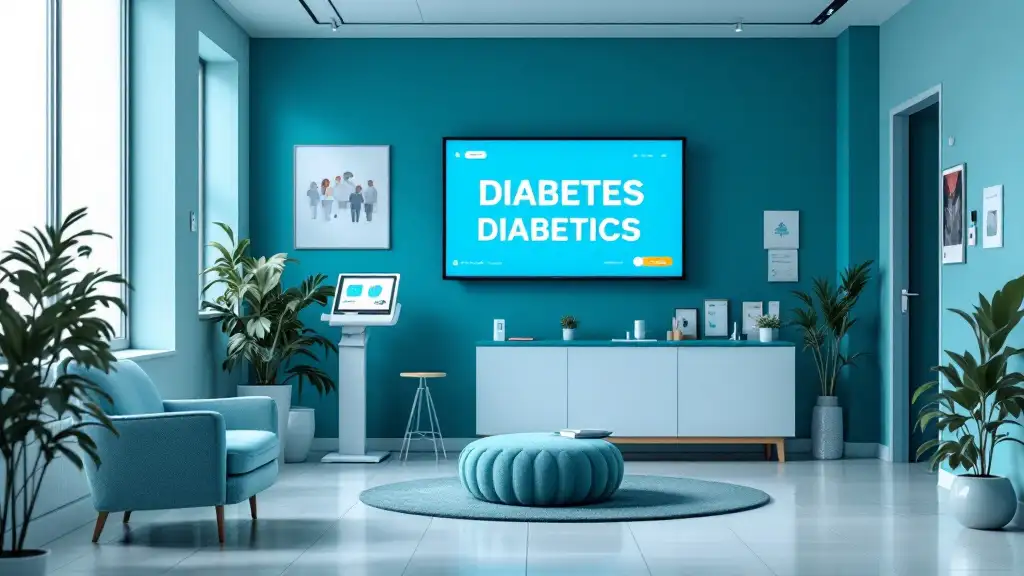
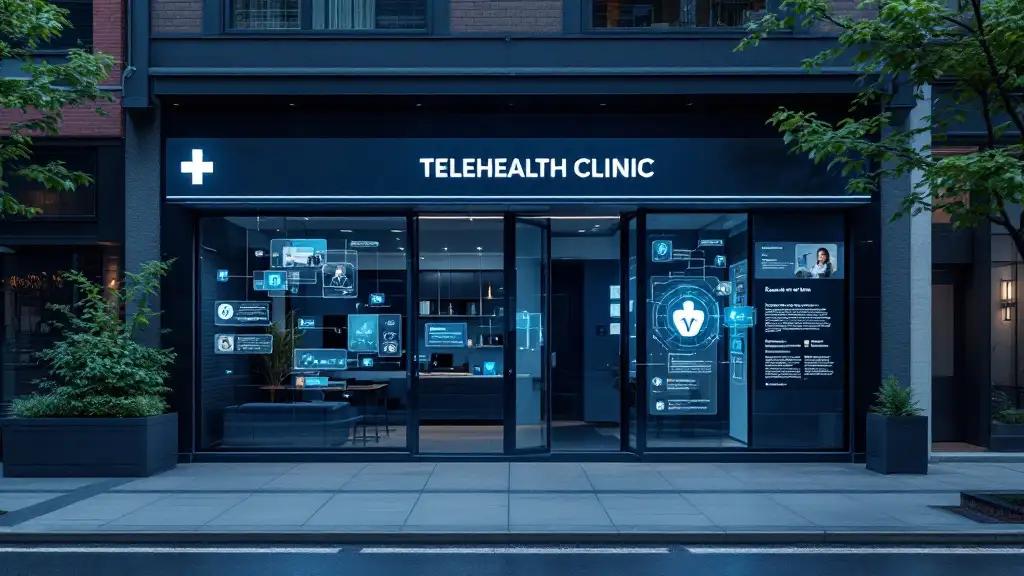
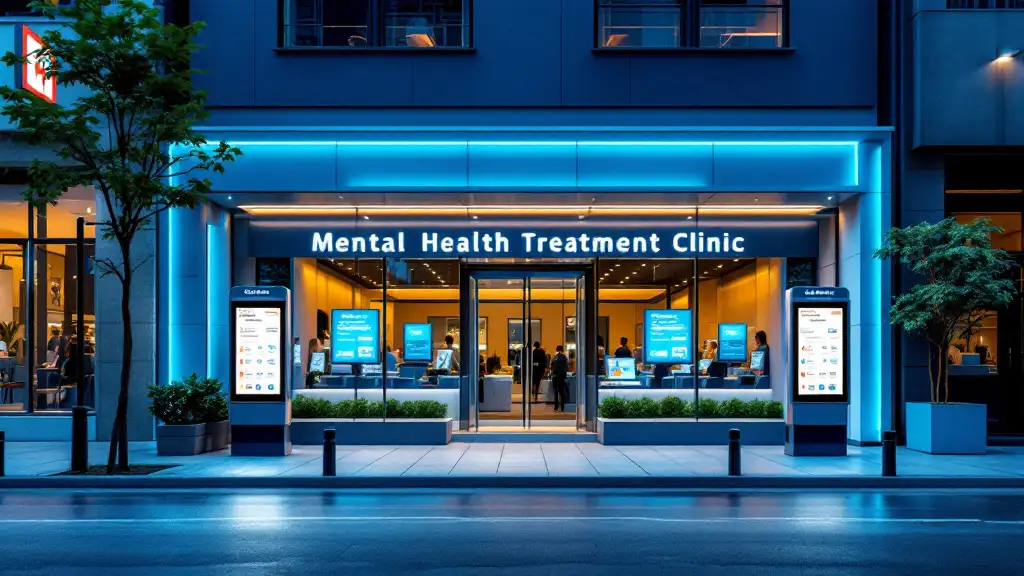
























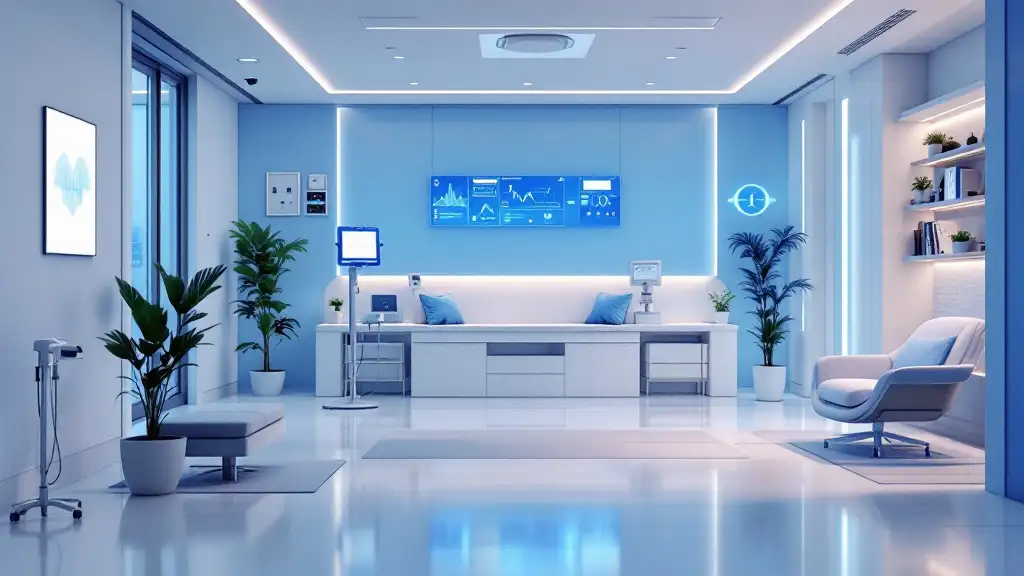






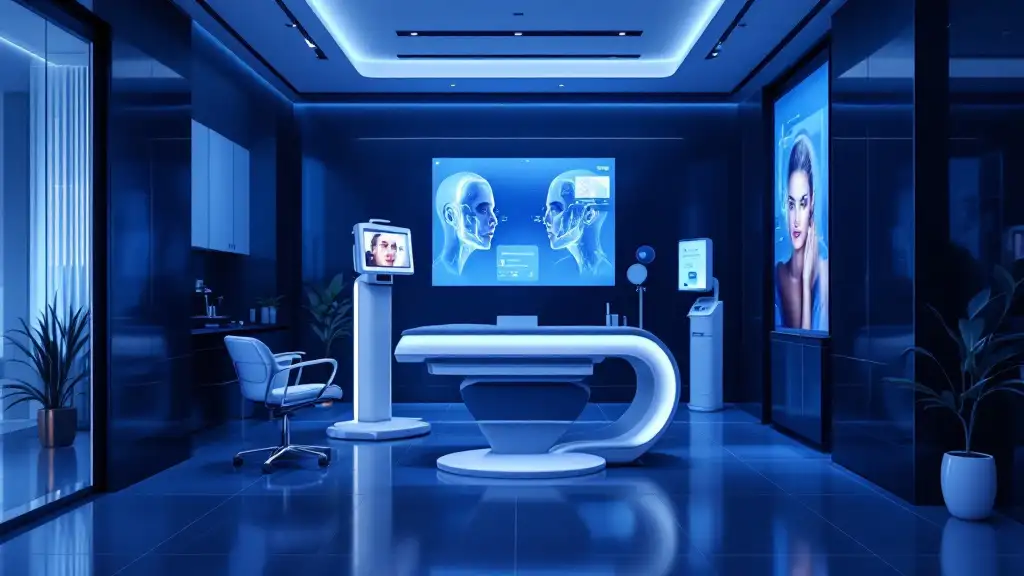









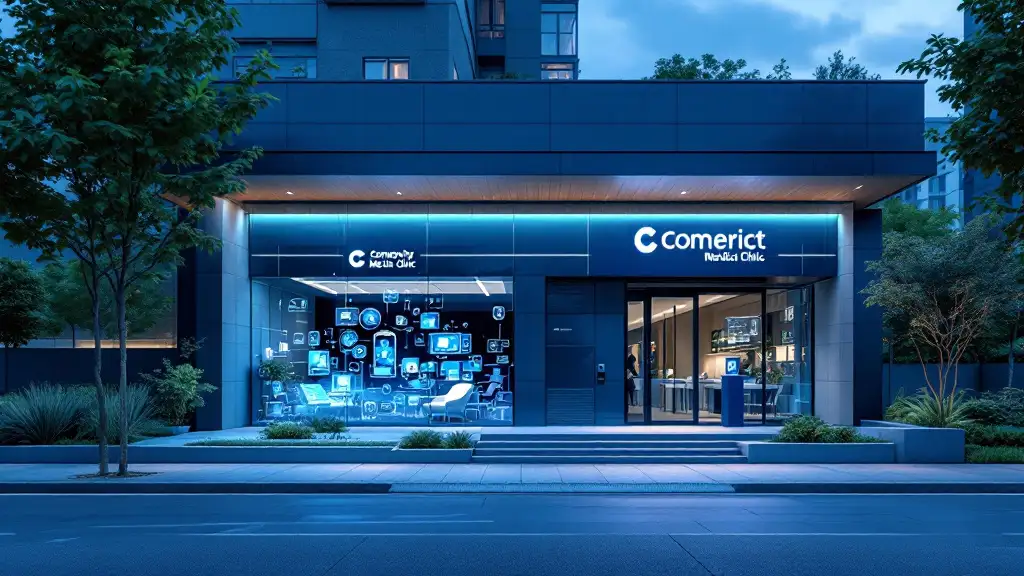























.png)